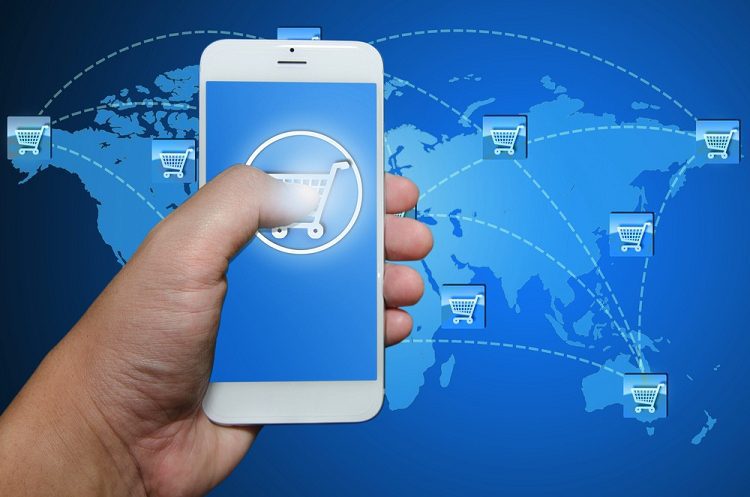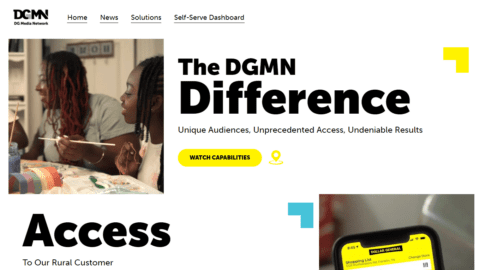It’s clear mobile has continued to gain enormous traction in 2017, especially after the Thanksgiving weekend, with more than one third of online U.S. purchases occurring through these devices. Mobile apps are playing a big part in driving this growth, not just in the U.S. but globally: the share of in-app transactions increased 64%, rising from 28% in 2016 to 46% in 2017.
Globally, advertisers that generate transactions on all mobile environments (mobile web and in-app) see more than 50% of transactions completed on mobile.
“The quality of apps is going up,” said Jonathan Opdyke, Chief Strategy Officer at Criteo in an interview with Retail TouchPoints. “A lot of retailers put out a version one that was just a copy of their e-Commerce site, and it didn’t provide any utility beyond the purchase. As they have tailored the apps more toward the use cases of what an app should do — using it to buy and using it in the store — they’ve made it more relevant for consumers. For example, grocery apps can store shopping lists and enable shoppers to set a time for a delivery date. You’re managing a life activity in there, and that’s completely different from a quick purchase shipment.”
Sporting Goods, Health And Beauty Sectors See Biggest Mobile Sales Growth In 2017
Retail verticals that enjoyed the largest gains in mobile transaction growth compared to Q3 2016 include sporting goods, with 45% growth, and health/beauty, with 38% growth. Opdyke highlighted Under Armour as a major example of how a modern mobile app can remain relevant to the shopper experience, particularly in integrating ‘smart apparel.’ Under Armour’s Connected Fitness network integrates shopper data into the mobile app, enabling shoppers wearing smart apparel to track measure, monitor and manage personal health fitness metrics.
Opdyke also used the recent CVS-Aetna megamerger as an example of how mobile apps will continue to evolve, especially as businesses go beyond just selling a product.
“Think about the vertical capabilities that a retailer plus the insurance company, plus your prescriptions and the MinuteClinic, and all the things you could do in a CVS app down the road,” Opdyke said. “It’s a total business experience, not just a place to go to put stuff in a basket. You can imagine different businesses taking different approaches and thinking about how the app is much more experiential than just an ordering environment.”
Mobile Growth Signals Need To Combine Data From Multiple Devices
In addition to the customer-facing aspects of mobile’s growth, retailers have more opportunities to gather data from mobile devices — and to combine this data with information from other sources. There’s already strong evidence that consumers switch easily between their own devices: 30% of all desktop transactions actually start with a click on a mobile device, according to the report. Retailers that are successful in combining offline and online data are able to apply more than 4X as much sales data to improve marketing efforts.
“There’s a lot of blindness when people look at things in isolated ways,” said Opdyke. “There’s no such thing as ‘mobile marketing’ anymore. Marketing is mobile. It’s a different world than it was five years ago. It took a change in consumer behavior, it took a change in screen size, it took a change in design, but the maturity in the U.S. is being hit.”
The Criteo Global Commerce Review for Q3 2017 analyzed more than 5,200 retail businesses globally and billions of annual transactions to determine the impact mobile commerce has on today’s shopper habits and preferences.













